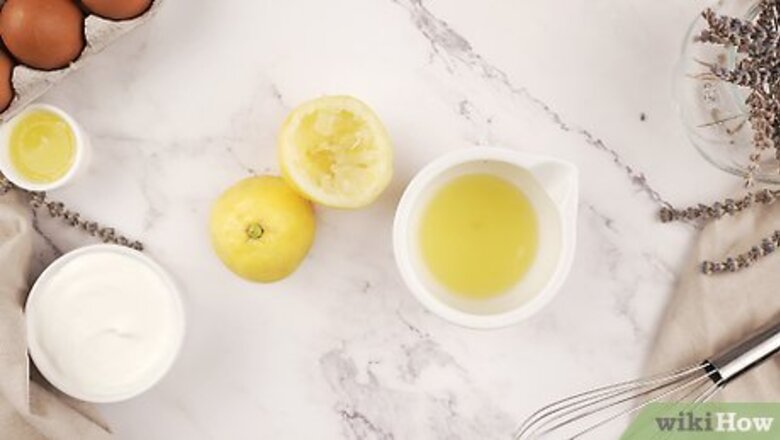
views
Making the Mask
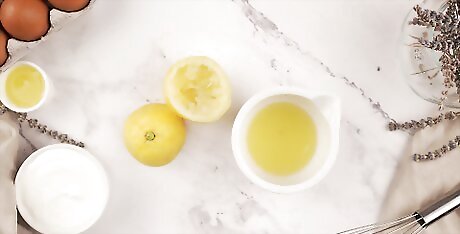
Juice one lemon half. Rinse one ripe lemon under cool water; pat dry with clean paper towels. Slice the lemon in half with a sharp kitchen knife and squeeze the juice from one half, collecting it in a small glass bowl. In a pinch, you could technically use 1 to 2 Tbsp (15 to 30 ml) of bottled lemon juice for this mask, but freshly squeezed juice will retain more nutrients and is the ideal option. Similarly, you could select any ripe lemon for this mask, but using the juice of an organic lemon will be the most beneficial. Lemons have antibacterial properties, so lemon juice can help treat blackheads and other forms of acne. The acidic element acts as an exfoliator, too. Additionally, lemon juice can lighten and brighten age spots, dark spots, fake tans, and other uneven patches of skin, while reducing excess oil on your face.
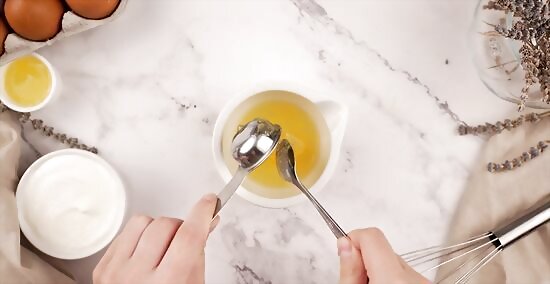
Add 1 to 2 Tbsp (15 to 30 ml) of raw honey. Squeeze the raw honey directly into the dish of lemon juice. You should use approximately equal portions of honey and lemon juice. Like lemon juice, try to find organic, raw honey for this mask. Store-bought honey may work but will not be quite as good for your skin. Honey has antiseptic properties and may be able to help heal scars and inflammation. It can also help reduce and relief sunburn. Additionally, honey attracts water, making it a natural skin moisturizer.
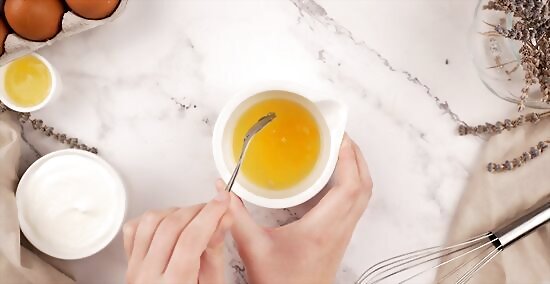
Mix until well combined. Thoroughly mix the honey and lemon juice by hand using a spoon. Continue mixing until evenly combined into a thick liquid. Note that you'll need to use this mask as quickly as possible--preferably all at once and within a few hours. Mold will grow if attempt to store it for prolonged periods.
Using the Mask
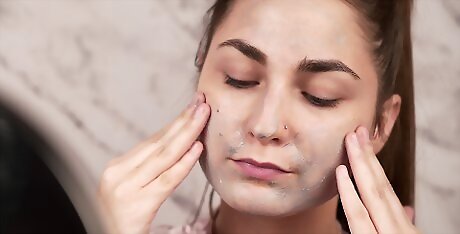
Wash your face. Wash and dry your face as usual, either over a sink or in the shower, and use warm to hot water to open your pores. It might be a good idea to use a gentle facial cleanser before applying this mask, especially if you have sensitive skin. Lemon juice can be harsh, and stressing your skin with too much abrasive material can do more harm than good.
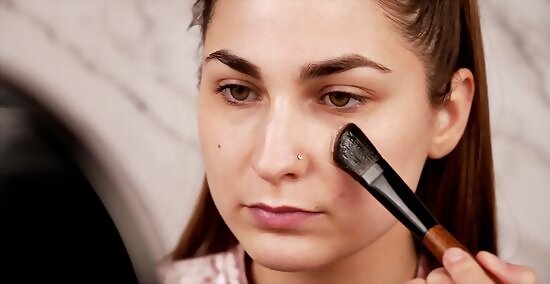
Apply the mask over your face. When your face is clean and dry, use your fingers to apply the lemon-honey mask all over the skin. Work carefully to avoid the eye area. This mask can cause stinging and irritation to the eyes. If you accidentally get it into your eyes, flush it out immediately with cool to lukewarm water for a full minute, or until the stinging stops. The mask can also be quite sticky, so it's a good idea to make sure hair is pulled back and out of the way before application.

Allow the mask to sit for 15 to 20 minutes. The wait time is important; if you rinse the mask off too quickly, the honey and lemon won't have enough time to do their work. Of course, if your skin starts to burn, itch, or otherwise feel uncomfortable, you should rinse the mask off immediately. It's possible that your skin is having a negative reaction to the mask if you experience these symptoms.
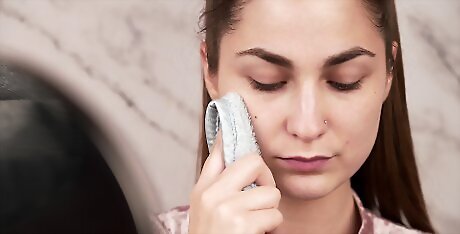
Rinse with warm water. When the waiting period ends, rinse the mask off your face using warm water. After finishing the warm water rinse, do a second rinse with cool water to close your pores. You can also wipe away the mask with a warm, slightly damp wash cloth. The wash cloth acts as a physical exfoliator. Use gentle patting motions when using this trick, however, to avoid irritating your skin.
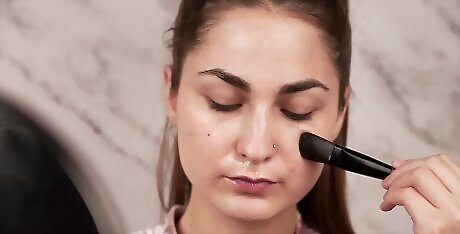
Repeat weekly, if desired. The exact frequency with which you apply the mask may vary depending on how sensitive or oily your skin is, but a good average is about once a week, either in the morning or evening. You can try applying the mask two to three times a week if you have notably oily or acne-prone skin, but cut back if you notice any redness, irritation, or increased amounts of acne.
Trying Variations
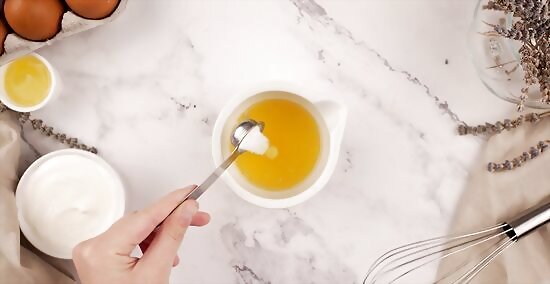
Add baking soda. After mixing together the usual amounts of lemon juice and honey, add about 1/2 tsp (2.5 ml) of baking soda, stirring well to combine evenly. Gently spread the mask over your skin and let it sit for 15 minutes before rinsing as usual. Baking soda is anti-inflammatory and antibacterial, so it will give the acne-fighting properties of the mask another boost. Make sure that you apply this mask gently since the baking soda can be too abrasive if you scrub it into your skin.
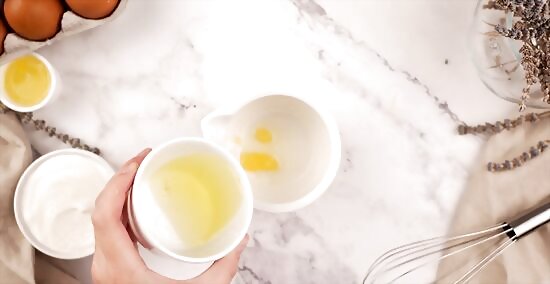
Use an egg white. Use 1/2 Tbsp (7.5 ml) of both lemon juice and honey, and mix in 1 egg white until smooth. Apply the mask to your face, let it sit for 15 minutes, and rinse with warm water. The egg white has a mild drying effect, so it can help tighten your pores and tone your skin. Note that the effect is temporary, though, and will only work in the short term.
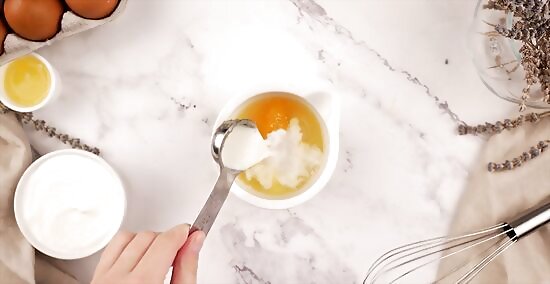
Mix in milk and yogurt. Combine 2 Tbsp (30 ml) of honey and the juice of a whole lemon. Add 2 Tbsp (30 ml) of fresh milk and 1 Tbsp (15 ml) of plain yogurt (regular or Greek). Combine the mixture until it has the consistency of lotion, then apply the mask to your face. Apply the mask in layers for best results. Wait for the first layer to dry--it should only take a few minutes--before applying the second. Continue until you've used the entire mask. Once the mask is completely on your face, wait for 10 minutes, then rinse with lukewarm water. Both milk and yogurt can help cleanse, moisturize, and soften skin.












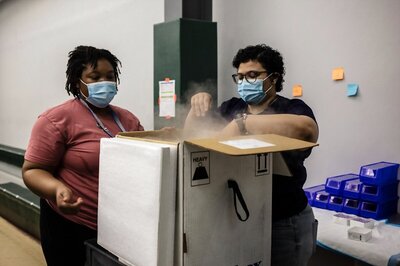



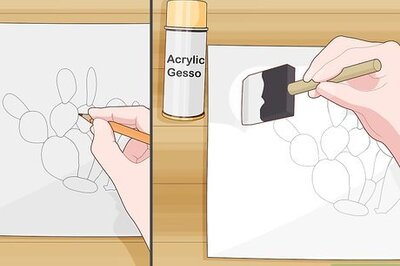


Comments
0 comment